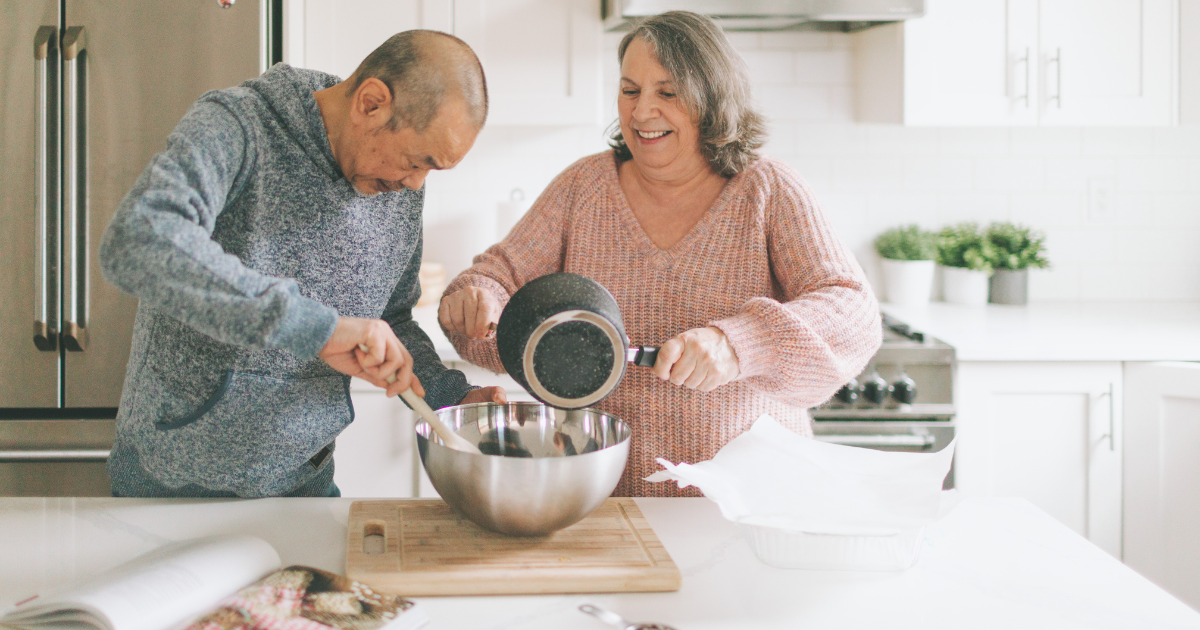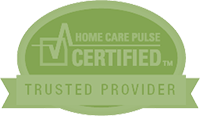For those of us who provide in-home care for seniors, the issue of food safety is a serious one. Seniors are more likely to get sick from harmful bacteria, viruses or parasites in food compared to other age groups, and when they do become sick, it usually takes them longer to recover. According to the website Food Safety.gov the elderly are more susceptible to foodborne bacteria because as we age, our immune systems weaken and we produce less stomach acid. Stomach acid helps reduce the number of bacteria in our intestinal tracts. With age, we are also likely to have developed chronic conditions such as diabetes, arthritis or heart disease, all of which lower immunity. In older adults, the liver and kidneys may no longer do a good a job at getting rid of bacteria and toxins. These factors together decrease a senior’s ability to prevent infection and increase the chances of serious complications.
We have all heard stories about people getting food poisoning from eating contaminated fast food burgers, but foodborne illness is most likely to occur as a result of poor food handling in the home than at a restaurant. And this is something that those providing senior care can do something about.
Since you can’t see, smell or taste harmful bacteria in food it is important that those caring for older adults learn the safe steps of food handling, cooking, and storage. Foodsafety.gov suggests that in every step of food preparation consumers should follow the four steps as outlined on their website:
Clean: Wash hands and surfaces often. Bacteria can spread throughout the kitchen and get onto hands, cutting boards, utensils, counter tops, and food.
Separate: Don’t cross-contaminate. Cross-contamination can occur when bacteria are spread from one food to another. This can happen when handling raw meat, poultry, seafood, and eggs. Keep these foods and their juices away from other cooked foods and always use separate cutting boards for raw fish, poultry, and meat.
Cook: Cook to the right temperature. Food is safely cooked when it reaches a high enough internal temperature to kill bacteria that cause illness.
Chill: Refrigerate foods promptly. Harmful bacteria can grow in warm or room temperature environments, but cold temperatures slow their growth. Do not over-stuff the refrigerator. Cold air must circulate to help keep food safe. The refrigerator should be set at a temperature of 40ºF or below and the freezer should be at 0ºF.
Symptoms of foodborne illness commonly include nausea, vomiting, stomach cramps and diarrhea. You can also get flu-like symptoms, such as fever, headache, and body aches. How soon you become ill after you have eaten contaminated food can vary from 20 minutes to six weeks. Usually, it takes bacteria one to three days to make you feel sick.
While many people think that undercooked meat is the cause of most food poisoning, the opposite is true. According to the U.S. Centers for Disease Control and Prevention (CDC), the foods considered the most healthy, vegetables and fruits, are responsible for 46% of all “outbreaks of food illness.” In an article on the CNN website, Veggies to blame for majority of foodborne illnesses the author writes, Leafy vegetables such as spinach and cabbage were responsible for the majority of the illnesses, and most were caused by norovirus, which is spread to produce from water contaminated by fecal matter. All vegetables and fruits should be rinsed thoroughly before eating.
If you think that you, your loved one or client has developed food poisoning, the FDA suggests the following Foodborne Illness Action Plan:
- Preserve the food that you think caused the illness. It may need to be tested to determine the type of bacteria present which lets the doctor know what treatment is called for.
- Save any packaging materials including cans, cartons or bags.
- Write down all the food that was consumed in the last week and where it was purchased.
- Call your doctor.
If you are a paid caregiver, follow the plan set forth by your employer. For FRHC caregivers this means contact your supervisor immediately if you observe that your client has become ill.
The U.S. Department of Agriculture’s Food Safety and Inspection Service and the U.S. Department of Health and Human Services’ Food and Drug Administration has produced a downloadable booklet, Food Safety for Older Adults: A Need-to-Know Guide for Those 65 Years of Age and Older that goes into much greater detail about this topic. To view the booklet, click on Food Safety for Older Adults.






